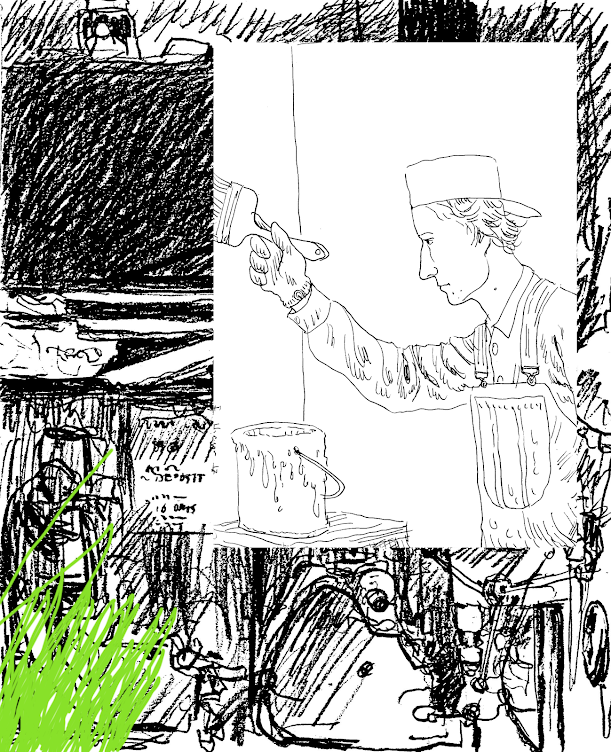
From an interesting customer review of Mitiarjuk Nappaluk's novel of an Inuit woman's life, Sanaaq:
Cette oeuvre renseigne sur les us et coutumes des Inuit. On ne lit pas Sanaaq pour la beauté de l'écriture. L'auteur raconte tout simplement leur lutte acharnée pour survivre. La chasse et la pêche font partie de leurs activités quotidiennes.
Le phoque compose leur nourriture de base. C'est le bovin de l'Occidental. Comme il est important, il prend plusieurs noms. Ainsi un phoque est un ujjuk; mais n'ayant que la tête hors de l'eau, il devient un puiji et étendu au soleil, c'est un uutuk. Cette distinction est très utile pour un chasseur averti.
L'univers féminin des Inuites transparaît dans ce roman. L'héroïne est Sanaaq, une veuve remariée dont la vie n'est pas reléguée dans l'ombre du mari. La violence conjugale viendra ternir cette image, mais comme elle origine d'un homme équilibré mais perturbé par la maladie de son fils, le couple pourra continuer à vivre dans l'harmonie. Malgré cet incident malheureux, l'oeuvre révèle que les Inuit composent un peuple simple et sain. Si ça sent le bonheur, il ne faut pas croire que la psychologie ne joue pas dans l'Arctique. Les dépressions et les succubes s'y donnent aussi rendez-vous. Heureusement, le roman prend fin peu de temps après l'arrivée des blancs. Il n'en fallait pas plus pour engrosser la soeur de Sanaaq et les diviser à propos de la religion.
C'est un beau roman, dont la valeur est plus anthropologique que littéraire. Yves Thériault avait fait connaître les Inuit avec Agaguk. Dans Je m'en vais, Jean Echenoz a signalé l'importance de leur art. Avec Sanaaq, on les découvre vraiment.
As the above makes clear, the volume is available in French (and advertised at collectors' prices: $303). I don't have time to translate the entire passage, but the gist of it is that Sanaaq is written in spare, simple prose and tells of the customs and habits of the Inuit. It describes their life of hunting and fishing, and goes into detail, for example, about their terminology for seals. The story is told from the point of view of a remarried widow, and it portrays Inuit society just on the eve of its first contact with whites. The Inuit are described as simple and pure; however, it is a work that does not shy away from showing some of the darker sides of Inuit life, such as psychological depression.
The work was originally written in syllabics -- an alphabet that, coincidentally, bears some resemblance to Hangeul. I first came across mention of this work at the Studies in Canadian Literature website. I'd like to find out more about this volume.

